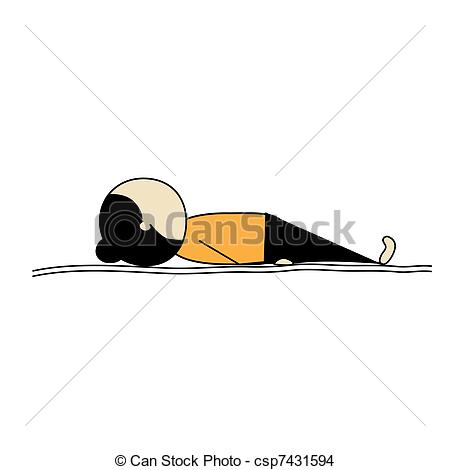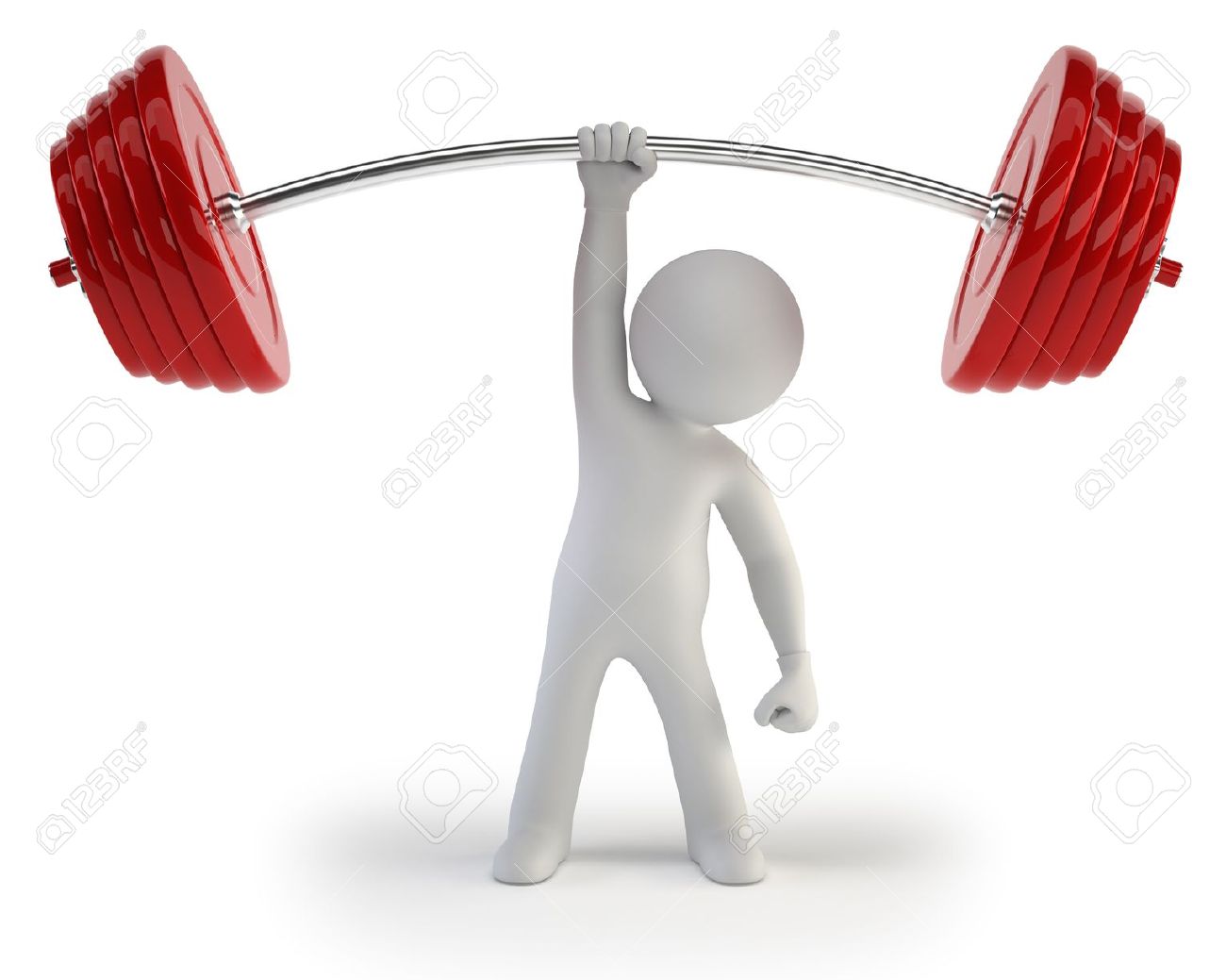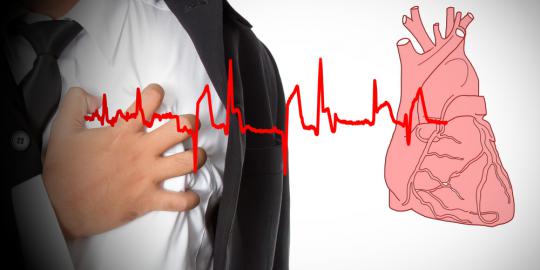Element Qualities Vs Senses
Element No of Qualities Senses
Sky 1 Sound
Air 2 Sound and Touch
Electricity 3 Sound, Touch and Form
Water 3 Sound, Touch, Form and Taste
Although they are different mixtures of different materials, such mixtures do not take place automatically, just as a mixture of colors does not take place automatically without the touch of the living painter.
reference: Srimad Bhagavadam SB 3.5.36
Senses developed from?
All material creations take place from subtle to gross. The entire universe has developed in that manner.
- From the sky developed the touch sensation, which is a mixture of eternal time, the external energy and
the glance of the Personality of Godhead. - The touch sensation developed into the air in the sky.
- sound developed into sky,
- touch developed into air,
- form developed into fire, turned into electricity, light to see the world. When electricity was surcharged in the air and was glanced over by the Supreme, at that time, by a mixture of eternal time and external energy, there occurred the creation of water and taste.
- taste developed into water, by a mixture of eternal time and external energy, there occurred the creation of earth and smell.
- and smell developed into earth.
reference: Srimad Bhagavadam SB 3.5.33, SB 3.5.35, SB 3.5.36
False Ego
False ego is when we identify ourselves with this body. And expanded version of this is, I am Engineer, Indian, father, mother etc…
The chief function of the false ego is godlessness. The constitutional position of a person is being a subordinate to the Supreme Lord, When a person forgets his constitutional position and wants to be happy independently, he functions mainly in two ways.
- He first attempts to act fruitively for personal gain or sense gratification, and after attempting such fruitive activities for a considerable time,
- when he is frustrated he becomes a philosophical speculator and thinks himself to be on the same level as God.
This false idea of becoming one with the Lord is the last snare of the illusory energy, which traps a living entity
into the bondage of forgetfulness under the spell of false ego.
reference: Srimad Bhagavadam SB 3.5.31
Compassion and Love
Conversation between me and student regarding current events
Student:
विशेष सूचना….
China stopped water supply into Brahmaputra River North East part of India…. Todays i.e. 01.10.2016….Zee News Report Effect will be seen within 7 days in India….
Plz boycott Chinese Goods…. Indirectly China supporting Pakistan….
आज कल चाइना के आइटम्स पर
Made in China लिखा नहीं आता है।अब लिखा आता है made in PRC मतलब People Republic of China
सभी को forward करे।
चाइना आइटम्स का बहिष्कार करें।🙏🏻🙏🏻🙏🏻🙏🏻🙏🏻
Kisi bhi DESH ka goods kharidunga per China nhi….
Me:
: oh my goodness… HATRED HATRED… Lets Love and Love only… Please please not here this kind of messages
Student:
When soldiers die
This is a reality. We can’t run away from this
Me:
: 😀dear
We, have to act according to our role we are playing, if we are soldier, we have to fight, if we are ksatriya, administration class, then we have to take action to protect, we all come under sudra or vaishnavas class meaning we have a specific function to do, loka shemam means praying for the betterment of universe is the best of all, and that’s what we want.. And that’s my point here… If you carefully notice Pakistanis are our brothers… Chinese are our neighbours…
When krishna takes bheema to Jarasandha for fighting, they fought for days together, but in the night Jarasandha hosted his guests😀, took care of them nicely, no enmity there, I am trying the teach you all the way to live peaceful life please understand 🙏😀
Another Student:
Very clear Sir👍
I used to be confused a lot before, whether I am not patriotic by being like this.
Me:
Pandavas five sons were brutally murdered by asvathama while they were sleeping… son of the guru of pandavas, draupadi cries in great grief losing all her sons at one time 😭😭😭
Arjuna and krishna fights with asvathama binds him in a rope and brings to draupadi to execute him and finish his life… You know what she did..
Draupadi pleaded to krishna and Arjuna to release him so that his mother will not loose him and his cry like her 😭😭😭such is the compassion we should all develop..
Shastra caksu, seeing life through the eyes of Scriptures is the only way to live happy and peaceful life 😀🙏
How to cure menstrual irregularities, stress, anxiety, and asthma
How to cure menstrual irregularities – Chakrasana (Wheel Pose)
- Overcome menstrual problems
- Overcome stress, anxiety, asthma, and tones pelvic region
- Strengthens the muscles of the back, arms, and legs
- Most useful asana for people with corporate jobs because they are prone to these kinds of problems
- Relieves from shuddering of hands in old age
- This asana can be practiced after Sarvangasana, if there is neck pain. It helps to relive the neck pain. Dhanurasana, Bhujangasana, and Salabhasana are originated from Chakrasana
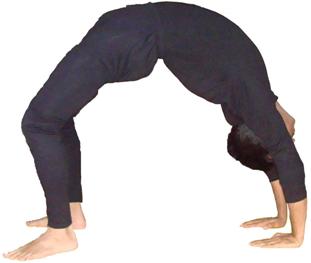
- Lie on your back.
- Keep your both legs slightly apart and hands close to your body.
- Bend your knees with heels touching the buttocks.
- Raise both the hands 90 degree, bend elbows then place the palms above shoulder.
- Inhale and raise the trunk slowly.
- Straighten the arms, legs, and lift the body to form arch shape.
- Try to breath normally.
- Slowly exhale and lower yourself back to the ground.
- Stretch your legs, hands, then the relaxation posture.
Please follow the link for other useful information:
http://www.nlitn.in/8584-2/
http://www.nlitn.in/asanas-thyroid-problem-shoulder-stand-pose-sarvangasana/
Yoga vs Gym (Yoga or Gym) which is best for weight loss? Which is best way to achieve fitness?
| Yoga | Gym |
|
|
|
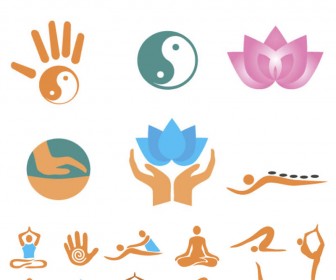
|
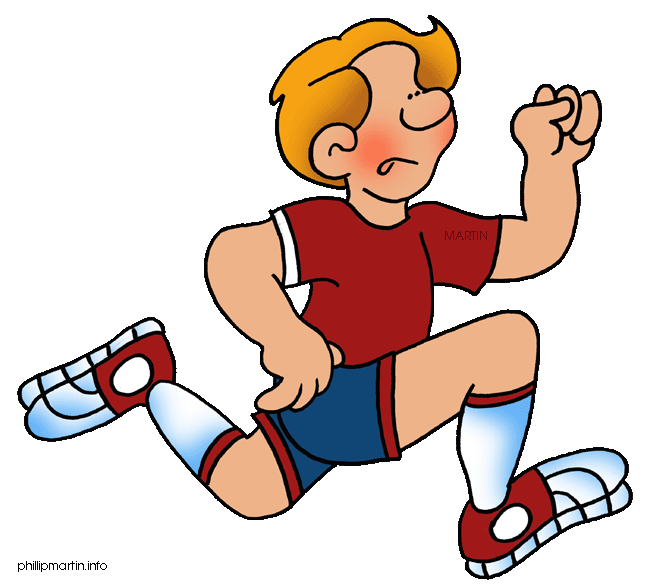
|
|
|

|
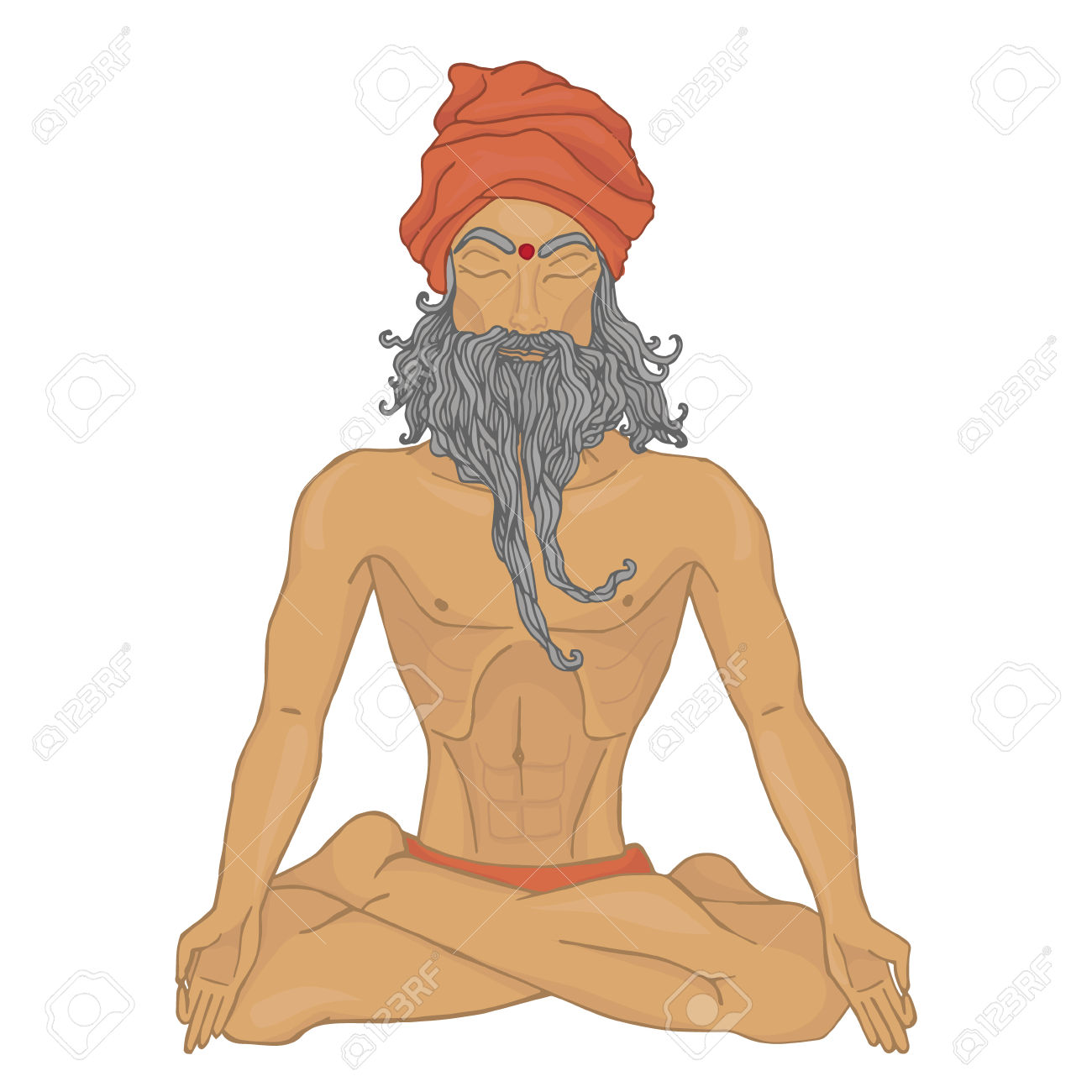
|
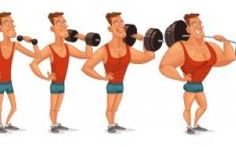
|
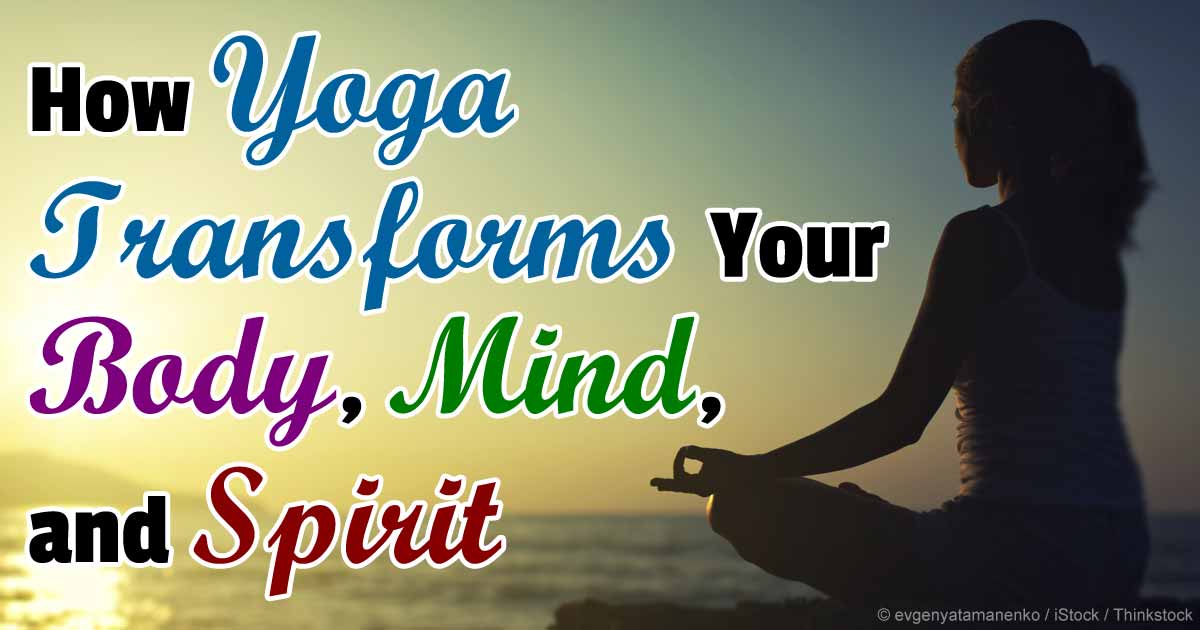
|
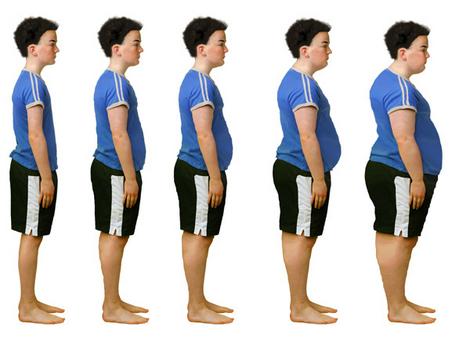
|
|
|
|
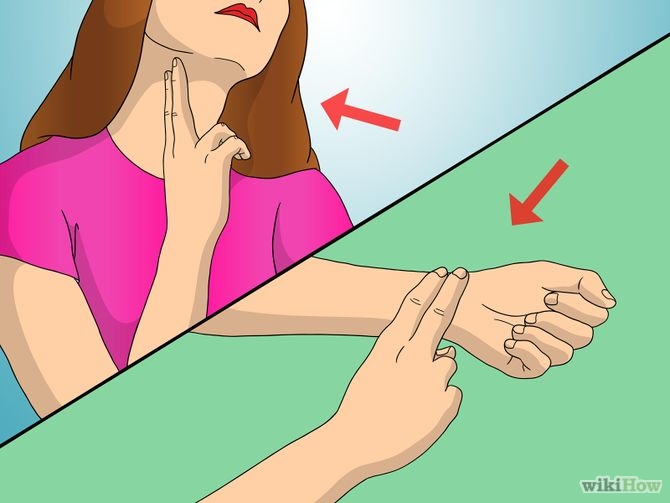
|
|
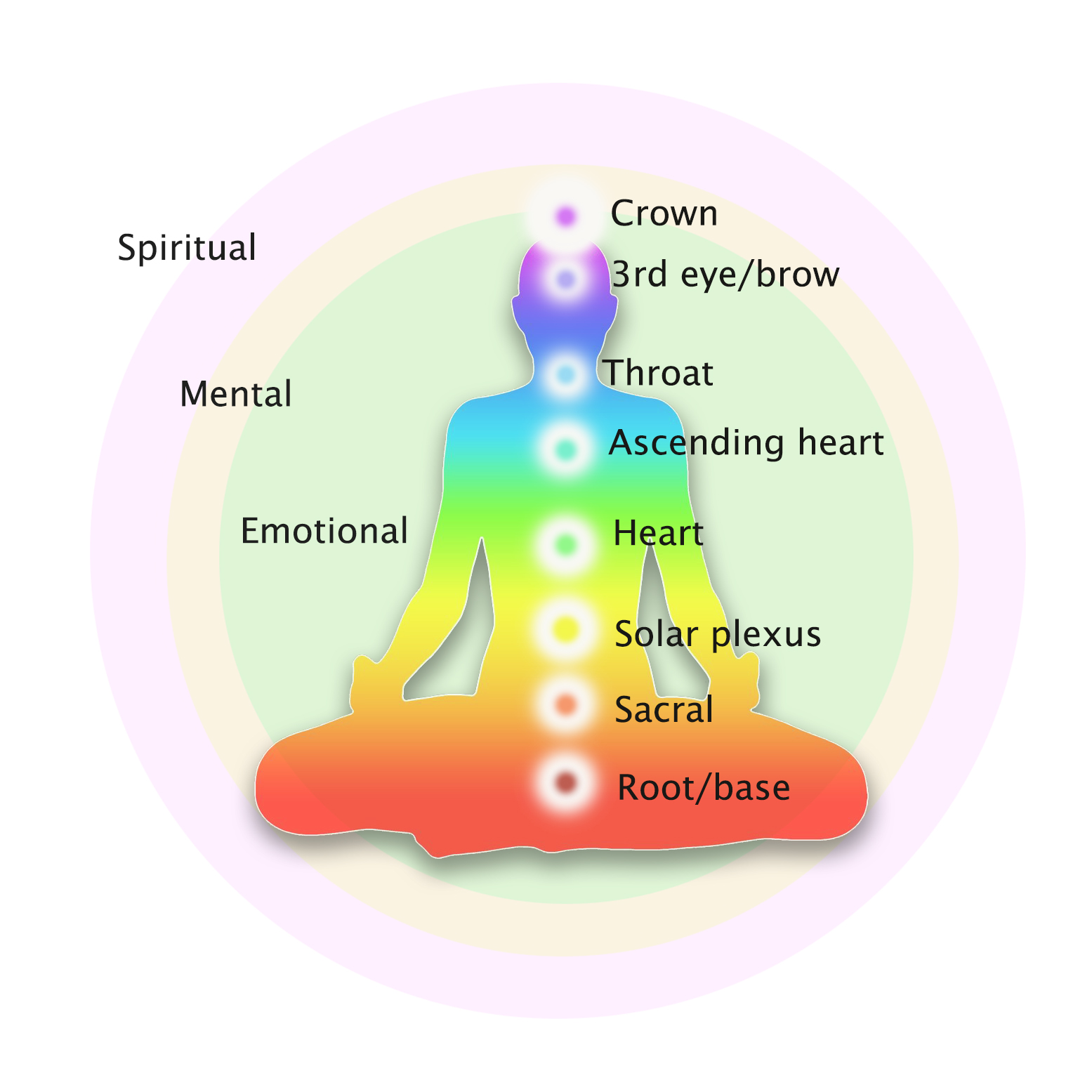
|
|
Yoga for Beginners
If you are planning to start yoga or recently started the yoga practice, I am sure that reading this column ‘Yoga for Beginners’ would provide you with some useful information about yoga and its practice.
“Yoga”, the word seems quite familiar. I am sure this word ‘Yoga’ must have come across in each one of your mind one of the other time. But we are not fully aware of what it actually means. Is yoga an exercise ? Or is it something different from what you actually assume.
As a beginner, we often misunderstand yoga with some tough twisting poses. And aren’t we sometimes concerned that “I can’t even touch my toes, how can I do yoga?”.
Yoga is not about touching your toes, or stretching your body 90 degrees.
Also yoga is not only about lying on the mat and just moving your body parts. It is always not that you need to sweat on doing any exercise. Instead Yoga is a simple process of uniting with yourself – using your breath, body and the mind. And it’s easy and effortless.
So, never mind if you’re not fit and in good shape or are venturing into yoga at an old age, or you have secret love handles that are stressing you out. Just remove all those thoughts before you begin your yoga practice. The only one watching you is yourself – so just relax. The journey will be enjoyable and relaxing.
I request you to go through the below given tips on ‘Yoga for Beginners’.
- Begin a new Journey of Life :
Yoga is all about connecting your mind and soul with your body. It is a physical, mental and spiritual practice and discipline.
Yoga is one of the original concepts which today would be called as holistic. It means that the body is related to the breath; both body and breath are related to the brain; in turn this links with the mind, which is a part of consciousness.
By practicing yoga you shall find answers to profound questions like “Who am I?”, “Where do I come from ?”, “Where should do I go ?”, and “What must I do ?”.
- Good to Have a Guru:
It is always good to start learn yoga under the guidance of a qualified yoga teacher (Guru) who can show the correct way of doing each technique. This would help you learn yoga asanas (postures) properly and avoid possible injuries.
Some of the techniques taught in yoga may be new but it is a good idea to keep an open mind, as it will help broaden your vision and enhance your yoga experience.
If you have a medical condition, inform your NLiTN Yoga Guru prior to the commencement of your yoga training. It will help the Guru customize your yoga asana practice and avoid any complications or injuries.
- Dress at your Comfort :
Wear comfortable cloths when you go for the yoga class or when practicing yoga at home.
Avoid any accessories or excessive jewelry as it could get in the way of your yoga practice.
- Keep Light and Fit :
It is an advise to practice yoga on an empty stomach or at least 2-3 hours after your last meal.
Also, it’s advised to have at least 3 to 4 liters of water during the day as it will help you to flush out the toxins out of the body that are released during your yoga practice.
- Warm-up before Getting on the Yoga Mat :
A gentle warm-up exercise will help loosen up the body and prepare it for the Yoga Asanas coming ahead.
- Be a Regular Yogi :
Although it’s best to practice yoga asanas early in the morning, but any time of the day is fine till you are regular with your practice. If mornings don’t suit your schedule, don’t let it be an excuse to give up practice yoga at all! Something is better than doing nothing.
- Smile Will Take You through the Miles:
See the difference for yourself. Keeping a gentle smile relaxes the body and mind and helps you enjoy the yoga asanas much more. Embrace the pain what you get in the initial stages of practice.
With a calm mind, you can push your body’s limits further and stretch more than usual.
- Challenge Your Limits – One Step at a Time:
Do only as much as you comfortably can and then just stretch a bit more (to improve body flexibility). Remember to use the breath as a reference point – when it is light and long, then the muscles begin to relax; but when the breath is jagged or uneven, it means you have over-exerted.
Going slightly beyond your comfort zone will keep the yoga practice interesting and will add a spark of challenge as you progress and adopt new yoga asanas.
- Every Yoga Asana Is Unique, Just Like All of Us:
Wherever you are in the yoga asana, be happy with it and don’t compare yourself to other students in the yoga classes. Remember that each body type is unique and different people are at different levels of expertise. Some might easily perform a particular yoga asana, while the others may need a little more time and practice to get there. Therefore, don’t feel pressurized and stress yourself.
Do not worry if you experience some soreness in the muscles during the initial days of the practice. But if there is any pain, inform your instructor immediately. The point here is to be regular with your yoga practice and have patience. Just like any other discipline, it will take some time for the body to get used to the yoga asanas.
- Relax to Recharge Yourself :
As you complete your yoga asana practice, don’t be in a great hurry to get up and start moving about with the tasks lined up for the day. We are aware that it is a busy day waiting and time is less but it is a good idea to lie down in Shavasana/Yoga Nidra for a few minutes, as it helps cool down the body and consolidate the energy produced through yoga asana practice. Shavasana/Yoga Nidra is also beneficial in completely relaxing the mind and body after the yoga workout.
You will be able to experience deeper benefits of yoga in due time only if you stay regular with your practice. So, give yourself some of your valuable time and be patient for the results that will make you more flexible, healthy, calm and efficient.
Good Luck to all the Yogis!
Asanas for Thyroid Problem: Shoulder Stand Pose (Sarvangasana)
Sarvangasana is one of the essential asanas that plays the vital role in rectifying thyroid, nervous system, respiration, intestinal disorders, regulates high blood pressure, decreases depression, constipation, asthma, headache, hemorrhoids, varicose veins, prevention of cough and colds, strengthens the uterine ligaments, and improves the functioning of the ovaries.
How to do Sarvangasana?
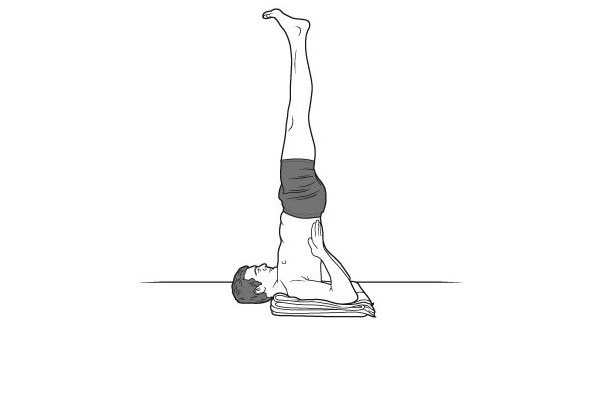
- Spread a thick carpet on the floor.
- Lie on your back with legs together.
- Raise both the legs slowly from 180 degree to 90 degree.
- Now press the floor with your palms and lift the waist. Then keep your legs vertical to the ground.
- Bend the hands and hold the waist with the palms. Now try to bring trunk, hips, and legs 90 degree to the floor.
- Press the chin against the chest, eyes should see the toe nail, and the whole weight of the body resting on the shoulder blade.
- Do not shake the body or move to and fro. Keep the legs straight.
- Maintain the pose up to 50 or to 100 counts.
- After completion of the counts bring the trunk, hips, and legs on the floor very slowly and rest your palms on the floor.
- Rest for few minutes and repeat the steps.
5 Yoga Asanas To Reduce Stubborn Belly Fat Fast
Fed up with Belly Fat!!! Please follow these simple five steps to get Rid of it.
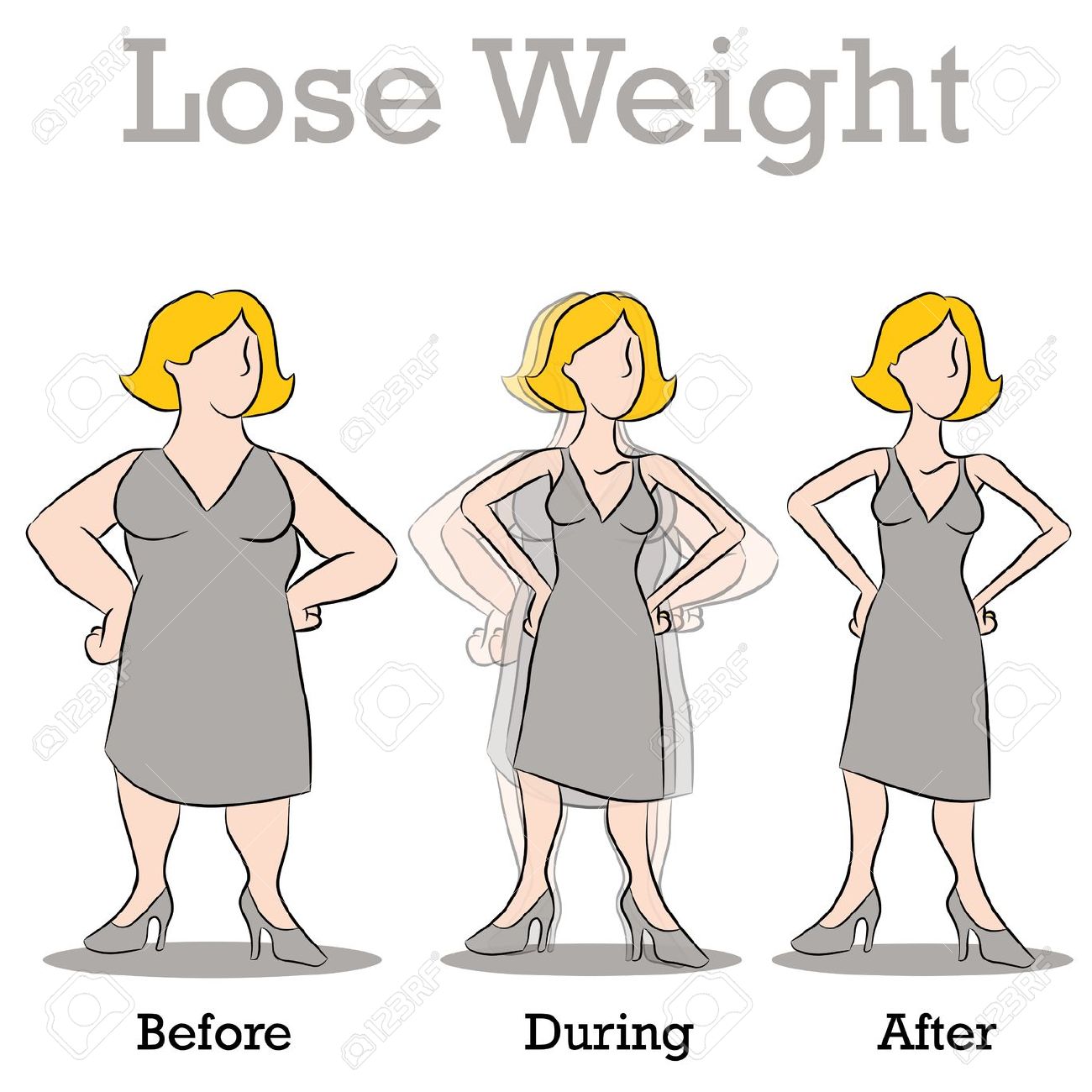
Cobra pose (Bhujang asana)
Cobra pose is a posture to strengthen the abdominal muscles and to reduce belly fat. The pose will strengthen the back, abdomen, and entire upper body. This pose opens the chest, increases lung capacity, and stimulates the kidneys and the adrenals.
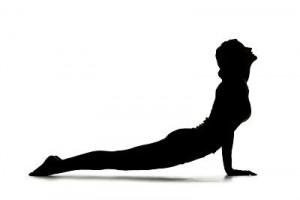
How to do Bhujang Asana?
- Lie down on your belly with legs stretched.
- Place the palms underneath the shoulder.
- Chin on the floor and all the toes touching the floor.
- As you inhale, engage your back muscles, press your forearms against the floor, and raise your chest and head.
- Hold the cobra pose for 15 – 30 secs depending on your ability.
- As you exhale, lower your torso and head slowly back to the floor.
- Repeat this for at least 5 times with relaxation for 15 secs after each round.
- Don’t do this pose if you have back injury, ulcer.hernia or if you are pregnant.
Bow pose (Dhanurasana)
Bow pose is the best postures to strengthen the abdominal core. To reach its full potential rock back and forth while holding the pose. This motion gives your abdomen a full massage, activates the digestion system, and fights constipation.
How to do Dhanurasana?
- Lie on your stomach with your hands by your torso, palms up.
- Exhale and bend your knees, bringing your feet as close as you can to your buttocks and grab the ankles with your hands.
- Inhale press the pubic bone down, pull the belly in and push the ankles against the hands as you pull with the arms. Lifting the thighs and the chest.
- Press your shoulder blades into your back to open the heart.
- Stay here for a few breaths, breathing into your back body (this position can make it quite difficult to breathe fully).
- On an exhale release your arms, core engaged and come gently lying in a prone position. Lie quietly for a few breaths.
Boat pose (Naukasana)
Boat pose helps you to get flat stomach and is excellent for fighting fat around the waist. During the pose, the deep muscles of the abdomen are toned and tightened and the pose also helps improve your posture and stability.

How to do Naukasana?
- Lie down on a mat in supine position legs together and stretched, arms to your sides facing down.
- Start inhaling and simultaneously raise the legs, arms, and the upper body.
- The weight of the body will rest entirely on the buttocks. In the raised position, the toes should line up with the palms.
- Hold the breath and remain in this position for as long as you are comfortable.
- While returning to the original position exhale.
- Relax the entire body and remain in Shavasana until you are ready to repeat the process. One may do this 2 to 5 times according to one’s capacity.
Plank (Kumbhakasana)
Kumbhakasana strengthen wrists, arms, shoulders, back, legs, and abdomen, and lengthens the spine.
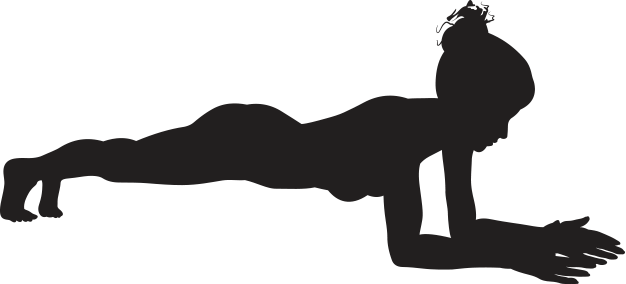
How to do Kumbhakasana?
1. Begin on your hands and knees rest directly under the shoulders and knees under the hips
2. Inhale and bring your chest closer to the floor.
3. Straighten your arms to make them perpendicular to the ground.
4. Your wrist and shoulders should be in a straight line.
5. Your upper body should be parallel to the floor.
6. Lift your heels off the ground.
7. Press your palms and toes on the floor.
8. Spread your shoulders.
9. Move your upper thighs up towards the ceiling.
10. Straighten your neck and keep your face downwards.
11. Don’t strain your throat.
12. Hold the pose for about 30 seconds.
Wind Relieving Pose (Pavanamukthasana)
Pavanamuktasana is beneficial for gas problems, poor digestion, strengthens back muscle, improves metabolism, and cures back pain.
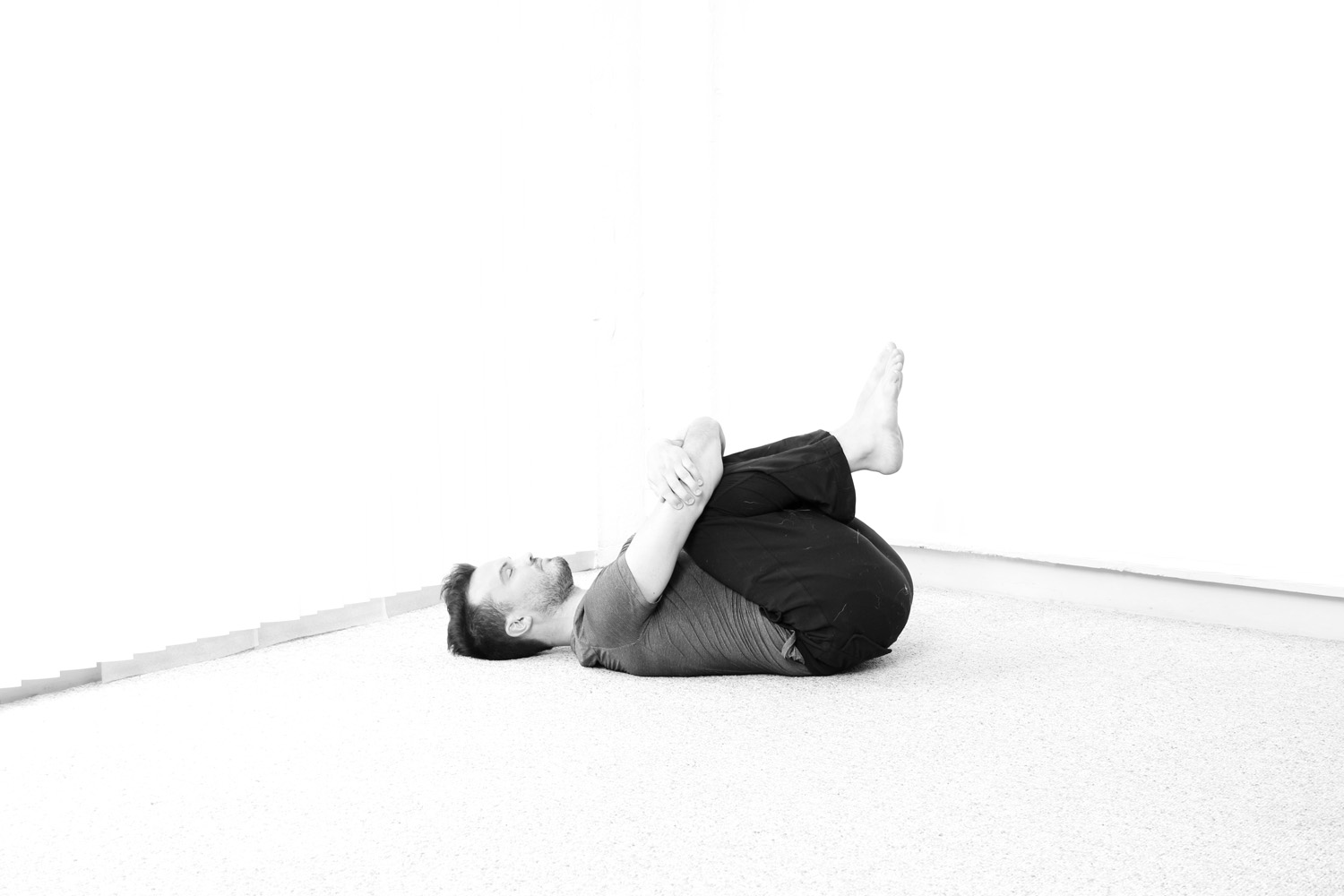
How to do Pavanamukthasana?
- Lie down with your hands by your sides.
- Lift your legs and fold them to bring your knees closer to your chin by clasping your palms around the legs.
- You may also hold your right elbow with your left hand and left elbow with your right over your legs.
- Clasping your elbows or the palms will help to bring the thighs closer to your body and the knees toward your chin.
- Raise your head and touch your knees with your chin. Do not hold breath while in the position.
- While returning to position, let your head rest on the floor first, then unlock your legs and stretch them.
- Page 1 of 2
- 1
- 2

